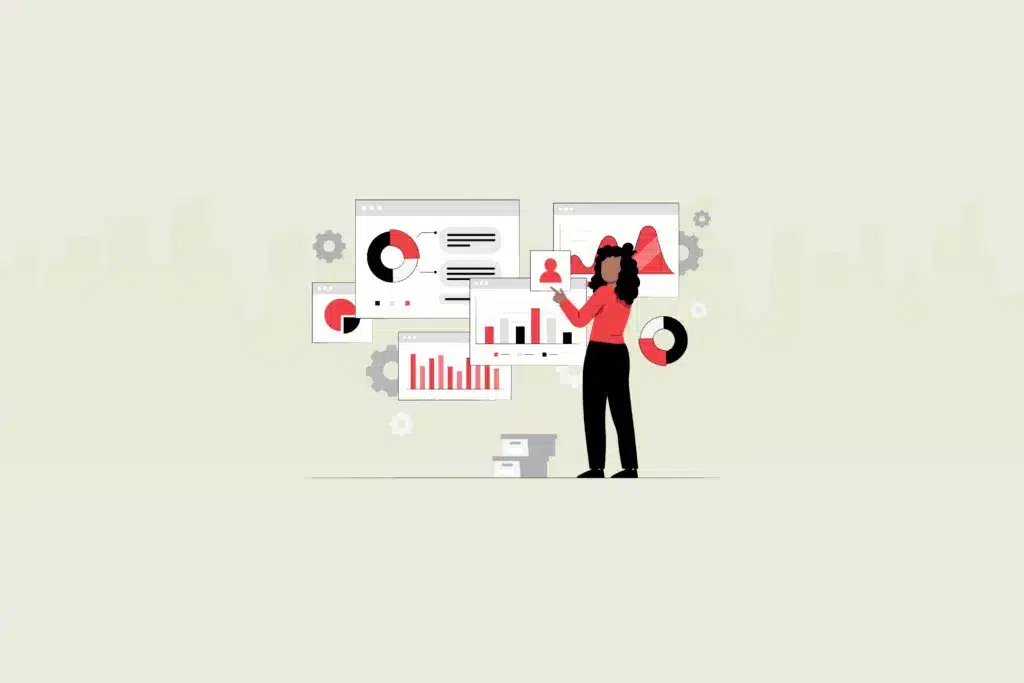In the dynamic world of Human Resources (HR), maintaining the integrity and authenticity of assessments is not just a priority, it’s a necessity. As organizations increasingly rely on various forms of evaluations to understand, hire, and train their workforce, the specter of plagiarism looms large. But how can HR professionals effectively tackle this challenge without compromising the integrity of their processes or the morale of their workforce? Let’s dive into a comprehensive exploration of this topic.
Understanding the plagiarism challenge in HR assessments
The rise of plagiarism in the workplace
In recent years, the workplace has seen a surge in cases of plagiarism. But why is this happening? Several factors contribute to this trend. The pressure to perform, tight deadlines, and the easy availability of information online can tempt employees to take shortcuts. But, isn’t it curious how the digital age, designed to simplify tasks, sometimes complicates ethical boundaries?
The impact on organizations
Plagiarism in HR assessments can have far-reaching consequences. It not only questions the credibility of the individual involved but also casts a shadow over the organization’s ethical standards. Can you imagine the domino effect if a plagiarized assessment leads to the wrong hiring or promotion decision? It’s a scenario no HR professional wants to face.

Innovative strategies for detecting plagiarism
Leveraging technology
The first line of defense against plagiarism is technology. Software tools like Plagiarism Checker, Turnitin, and Grammarly have made significant strides in detecting copied content. But how effective are they in the nuanced world of HR assessments, where context and subtlety play a major role?
Going beyond software
While software is essential, it’s not a silver bullet. The human element in plagiarism detection involves understanding the intent and context. It’s like being a detective, where you look for clues beyond the obvious. How can HR professionals train themselves to spot these subtle signs of plagiarism?
The intricacies of checking essays for plagiarism
When it comes to assessing essays in the HR context, the nuances of plagiarism detection become even more intricate. Essays are a reflection of an individual’s thought process, creativity, and problem-solving skills, making them a valuable tool in HR assessments. But how do you effectively check essay for plagiarism without stifling the unique voice of the employee? It’s a delicate balance between using technological tools and human judgment. Technological instruments can scan for identical or similar text, but it’s the human eye that discerns the subtleties of idea appropriation and paraphrasing. The challenge lies in training HR professionals to not only use these instruments efficiently but also to develop a keen sense of when an essay strays from original thought to borrowed content. This process isn’t just about identifying copied material; it’s about encouraging and recognizing genuine, innovative thinking, a quality that truly benefits any organization.
The role of education and policy in preventing plagiarism
Creating a culture of integrity
Prevention is better than cure, right? Educating employees about the importance of originality and the consequences of plagiarism is crucial. But how do you create a culture where integrity is valued over convenience?
Implementing clear policies
Clear, well-communicated policies are the backbone of plagiarism prevention. But the question remains: How do you design policies that are strict enough to deter plagiarism, yet flexible enough to encourage creativity and original thought?
Ethical considerations in handling plagiarism cases
Balancing fairness and firmness
When plagiarism is detected, the response needs to be both fair and firm. But where do you draw the line? How do you ensure that the punishment fits the crime without demoralizing the workforce or creating a culture of fear?
Protecting employee rights
In the pursuit of authenticity, it’s important to remember the rights of the employees. How do you respect their privacy and dignity while upholding the organization’s standards? It’s a tightrope walk that requires both legal knowledge and emotional intelligence.
Case studies: Lessons learned from real-world scenarios
Success stories
Analyzing successful interventions in plagiarism cases can offer valuable insights. How did certain organizations manage to turn a negative situation into a learning opportunity? What strategies worked, and what didn’t?
Learning from failures
Sometimes, we learn more from failures than successes. Examining cases where plagiarism went undetected or was poorly handled can provide critical lessons. What could have been done differently? How can these lessons shape future strategies?
Conclusion
Plagiarism detection in HR assessments is a complex challenge, but it’s not insurmountable. By combining technology with education, policy, and ethical considerations, organizations can create a culture where authenticity is valued and upheld. Remember, the goal is not just to detect plagiarism but to foster an environment where it doesn’t thrive in the first place. As HR professionals, it’s our responsibility to lead this charge, ensuring that our assessments reflect the true caliber and integrity of our workforce.








